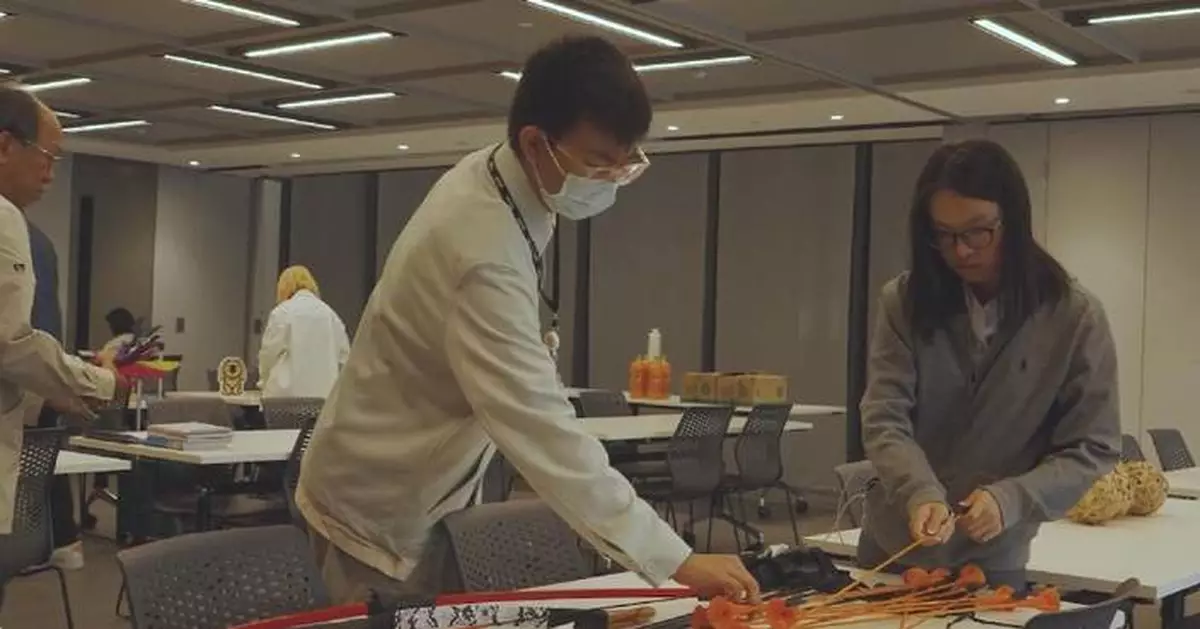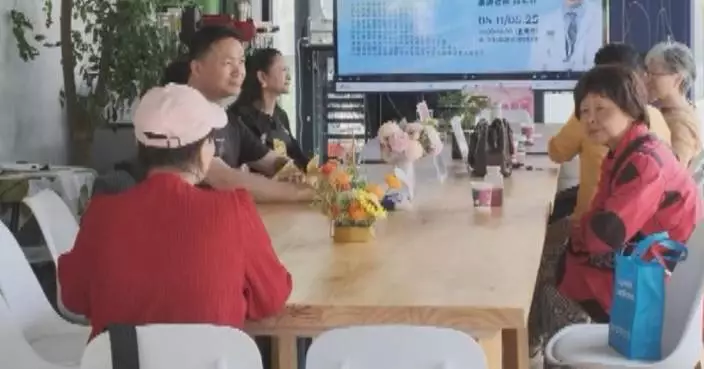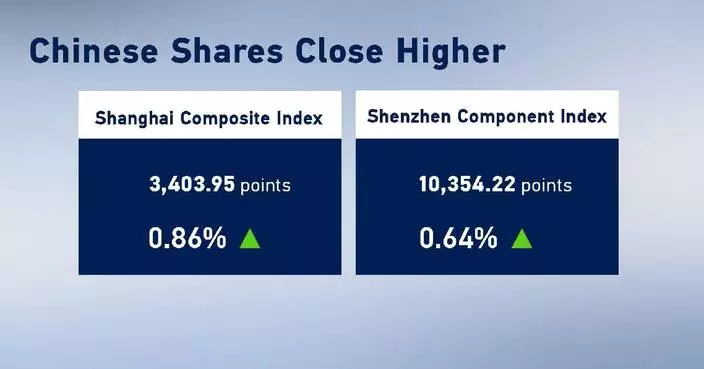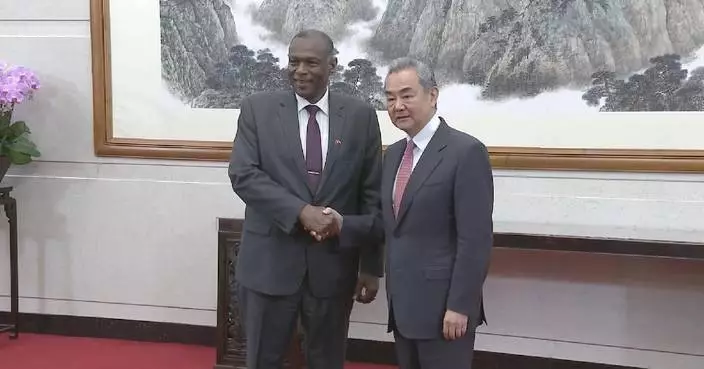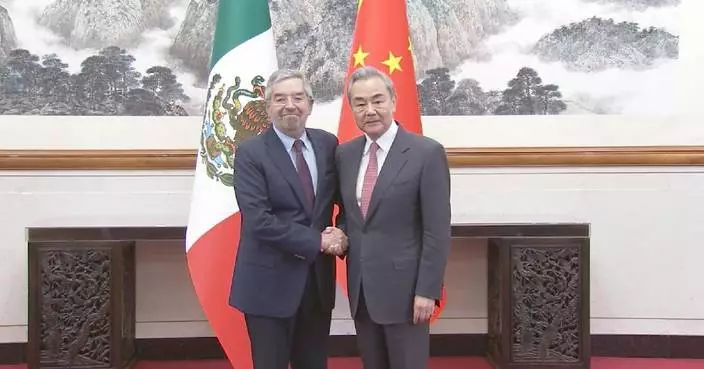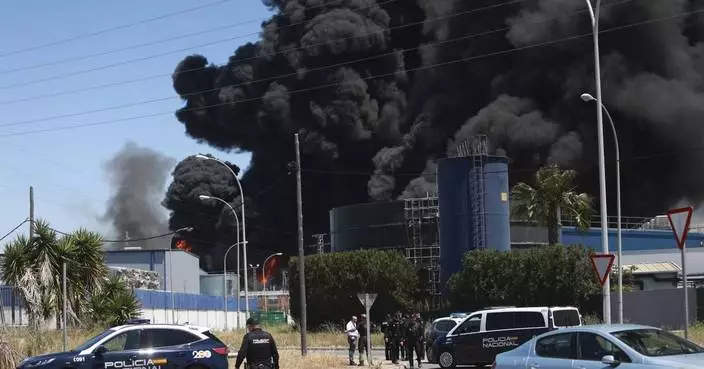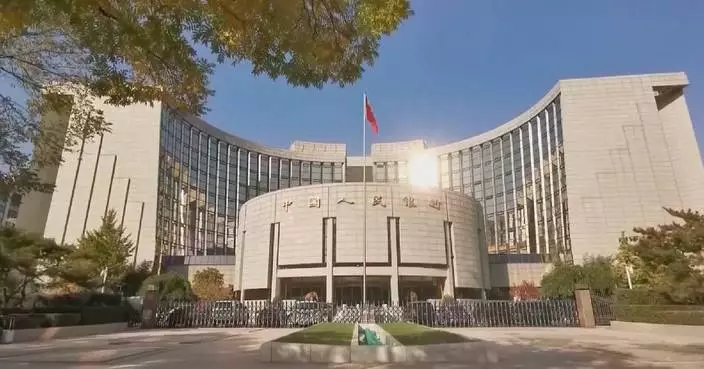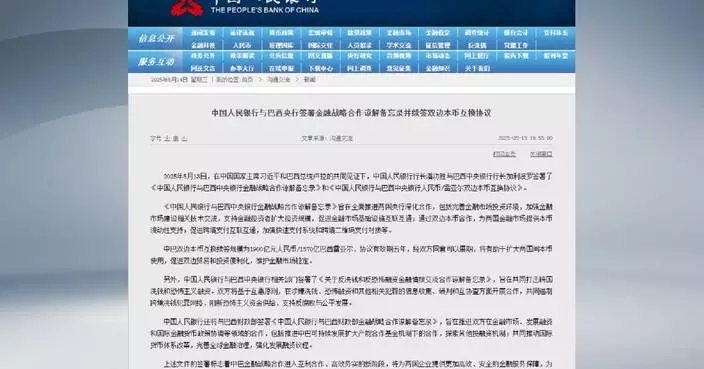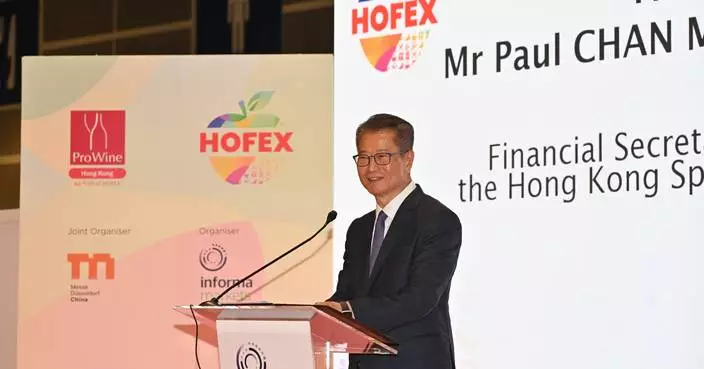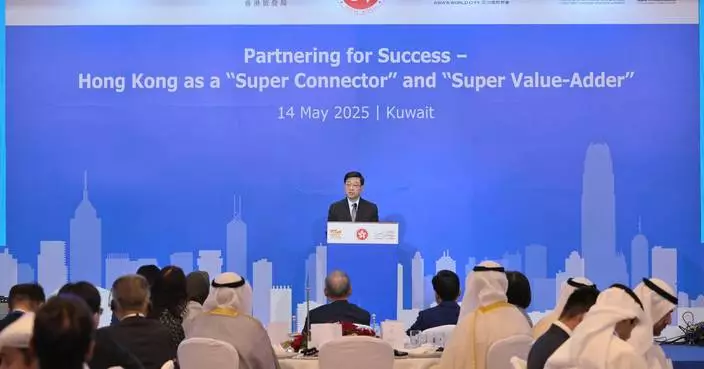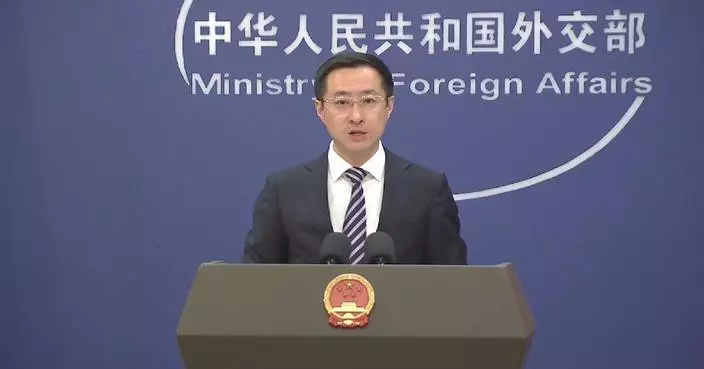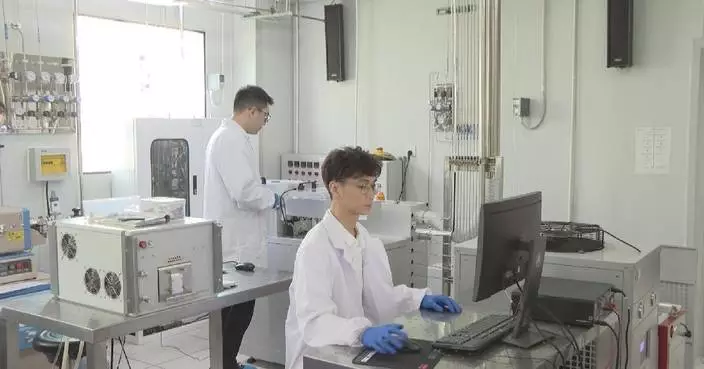The Hong Kong Palace Museum has launched a leadership program bringing together students from Beijing and Hong Kong to foster engagement and nurture talent in cultural and creative sectors, viewed as critical drivers for Hong Kong's economy and job creation.
A group of 16 students, eight from Hong Kong and eight from Beijing, have been handpicked for the Bi-city Youth Cultural Leadership Program.
This is the third edition of the program but it is the first one since the easing of COVID-19 restrictions. The program was entirely virtual for the first two years but now, for the first time, the program facilitates direct interactions with external visitors.
One of the tasks for program participants is to prepare activities for primary school students who'll be coming for a stay-over at the museum.
Patrick Lin is originally from the coastal city of Qingdao in east China's Shandong Province, but he studies here at the University of Hong Kong. At the event, he tried to design a game that involves kicking a ball through a narrow target.
"It's a little bit difficult. We are trying to figure out the way that kids can play it more easily, but I still think it will be fun," said Lin.
In addition to attending master classes and touring different cultural institutions, participants are also doing internships with local companies to gain practical work experience.
Among them is Boy Kin, a student from Beijing, who recently completed a few weeks of his internship with Swire Properties, a sponsor of the program.
"Our work is to design an art walk, which means guide the audience through these art pieces and try to let them discover and recognize the beauty of these art pieces," Kin said.
After spending several weeks in Hong Kong, the students will travel to Chengdu in southwestern Sichuan Province and Beijing, where they will further their educational experience in different cities.
Hong Kong has a 10-year plan to develop its arts and cultural facilities and to foster the next generation of cultural entrepreneurs.
The participants at the program are well poised to take advantage of career opportunities in the cultural and creative industries.
According to Hong Kong's census and statistics department, demand for manpower in the creative and cultural sector is expected to grow by as many as 2,000 individuals per year till 2027, including opportunities in everything from curating to commercializing initiatives.
"To nurture them to become future leaders, we need to provide them with different opportunities to actually not just learn from textbook or from lectures, but actually a practical experience. They have workshops. They have lectures that they actually run them, and they understand visitors' needs and then talk to visitors," said George Ma, head of the museum's Learning and Development Department.
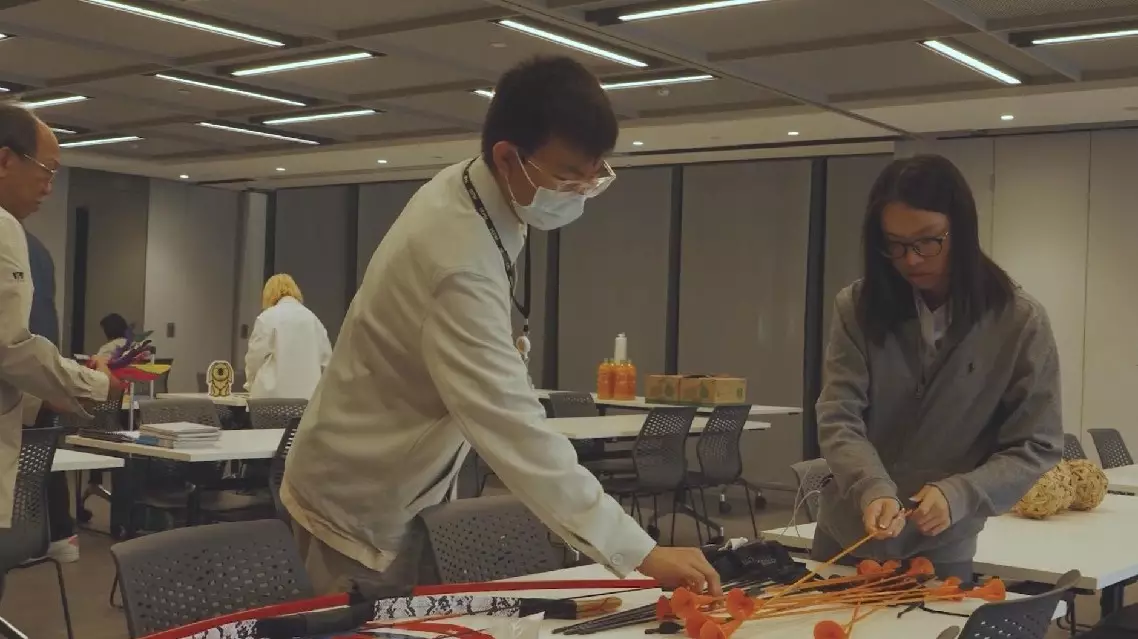
Students from Beijing, HK join leadership program at Hong Kong Palace Museum


